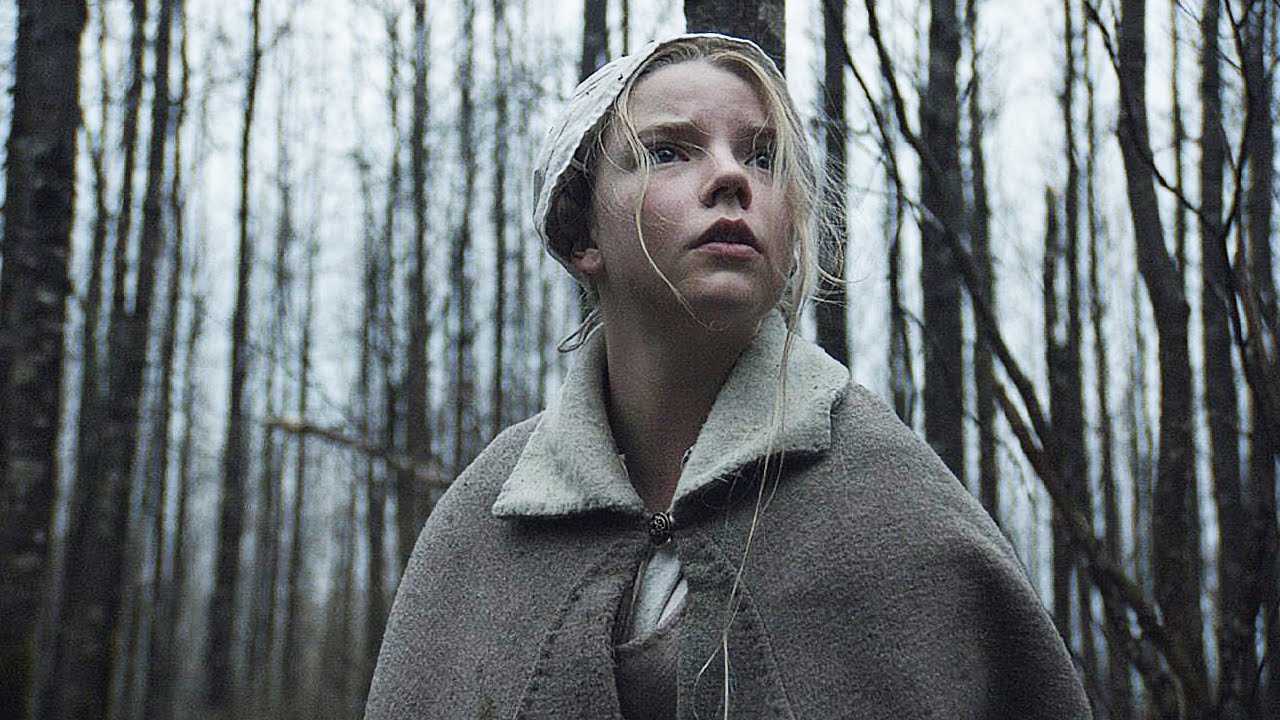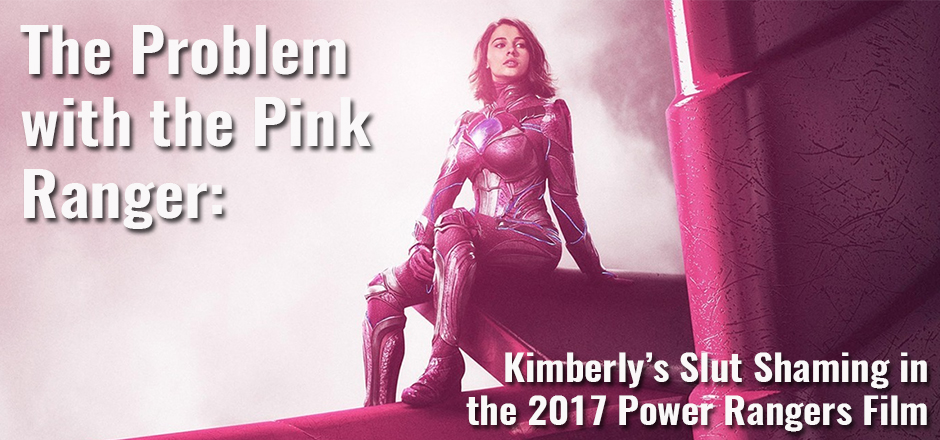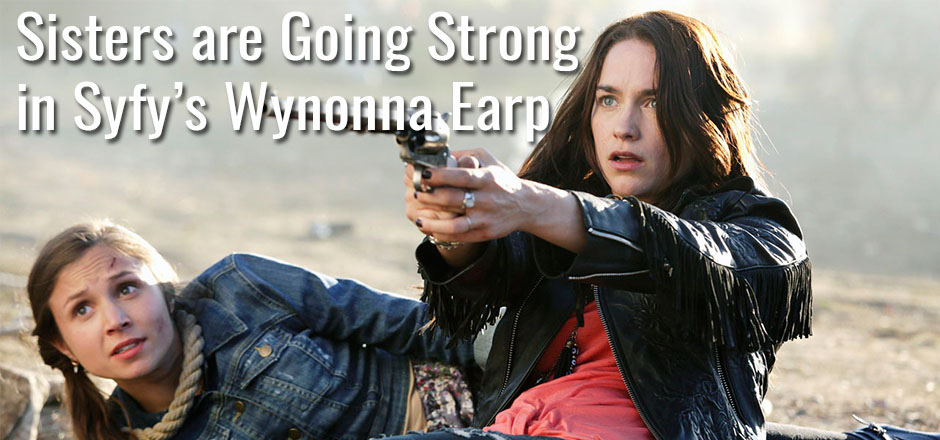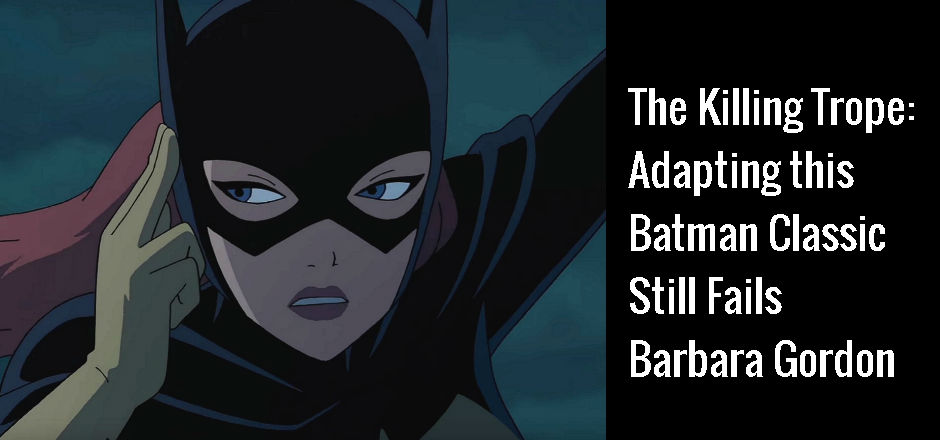For the first time in ages, I left a movie theater not really sure what I just witnessed.
This, I’ve decided, was not a good thing.
This review contains spoilers, so turn back now if you haven’t seen the film and want an unsullied experience.
When I first saw the trailer for The Witch, I was intrigued. It was stylistically simplistic and left the question of what was going on in this 1600s farmstead. Right off the bat, I knew it wasn’t made for the modern horror audience. As I mentioned in my article about Crimson Peak, today’s horror audience expects blood, guts, and gore. They want to see the monster at the end. I carefully avoided any article or review about The Witch, including tweets and Facebook posts by my friends. I wanted to go in free of expectations, armed with the knowledge that this wasn’t going to be a modern horror film in a historical shell.
Banished from Pilgrim society, William (Ralph Ineson), his wife Katherine (Kate Dickie), and their five children seek a new home outside the town. Tomasin (Anya Taylor-Joy) is the eldest. She’s curious and self-possessed, often left to do the chores and care for her younger brother Caleb (Harvey Scrimshaw), the twins, and the infant. As in the trailer, Tomasin is playing with the infant when suddenly it vanishes. As stranger things being happening around the homestead, Katherine begins to suspect that Tomasin is to blame.
The Witch has a heavily religious focus: part of the horror is the fear of a nonexistent God in a God-fearing world.
After an hour and half I left the theatre with brows raised, wishing I had that hour and half back. It’s not that it was a bad film – the costuming is perfect, the dedication to dialogue impressive, the setting emphasizes the bleak and hopeless nature of the narrative. So no, the film wasn’t bad—it just wasn’t good.
I feel the overall narrative would have been much stronger leaving us questioning if the devil was real or if the whole experience was the horrific consequence of isolation and religious doubt, instead of giving us literal witches.
Maybe this one just wasn’t in my wheelhouse. My tastes bend to the 1800s, so Colonial New England isn’t exactly my jam. Fans of historical horror might appreciate it more than I did. If the idea of Little Hellhouse on the Prairie excites you, then this is definitely for you.
I did enjoy that the story was pieced together from folktales, using historical text and documentation. The film is subtitled “A New England Folktale,” and there’s a note in the end credits about the research and sources used to develop the plot. I found myself occasionally wishing for subtitles because the dialects muddled the dialogue.
There’s very little in the way of on-screen horror. While “horror” is not limited to meaning “never sleep again scary,” it does lend itself to the notion of being unnerved. Excepting one scene at the beginning and two toward the end – which are more in the blood and guts variety, and yes, did unnerve me – there are no jump scares, little in the way of foreshadowing, and a distinct lack of suspense. I felt the pacing lagged. Though I enjoy being kept waiting, I don’t like being bored. For me, it lacked a sense of terror which sadly wasn’t balanced by the action. My fears came not from waiting for the next horrific event, but from simply waiting for something – anything – to happen.
The creeping dread is largely atmospheric and would have been much stronger with a different soundtrack. I’d also be interested to see what it would have been like without any background music at all.
I fully expected the film to straddle the line between psychological horror and supernatural, but it fell short of the mark on both accounts. In a family obsessed with repenting for their sins and looking to God for forgiveness, the idea of a witch among them is powerful, especially considering the witch trials that would happen a few years later. With Tomasin is coming into her own as a woman, the whole witch thing could have been such a great feminist metaphor, expressing the fear of self-possessed, free-thinking women.
In the end, as my friend Andi pointed out, Tomasin is still being manipulated by a man, albeit a supernatural one who’s a part-time goat.
What I did like was the very Crucible-esque condemnation of Tomasin by the twins. In one of the most well-designed scenes of the film, the family prays over the dying Caleb, but the twins “forget” the words. In the next moment, they’re screaming and writhing on the floor, creating the illusion that Tomasin is a witch. Her already grief-mad mother tosses her out, where Tomasin turns the blame on the twins. Ultimately, all three of them are locked in the barn to prevent further evil.
My one wish, above all, was that the film hadn’t chosen literal witches. I desperately wanted the last scene to be Tomasin walking into the woods and fading from sight, the black goat at her side. In all honestly, I think that would have saved it for me.
Yes, you could argue that the events may still be a hallucination, that there were no witches, that Tomasin created them for herself to escape the tragedy of her family falling apart. I don’t buy it. For me, this is the modern horror trap of spoon-feeding the audience the monster. It makes the concept less sophisticated and panders to an audience the film wasn’t designed for.
I know a lot of people found it bleak and beautiful, something they kept thinking on long after they’d left the theater. I really wanted to like this one and my feelings can only be summed up with “meh.”
If you loved The Witch, or even if you’d like another shot at Little Hellhouse on the Prairie, I’d recommend Daughters Unto Devils by Amy Lucavics. Sixteen-year-old Amanda Verner’s family moves from their mountain cabin to the prairie, where she hopes leave the memories of her madness—and the boy whose baby she now carries—behind. The inside of their chosen cabin is covered in blood and Amanda knows something’s not right with their new home. Similar concept, and I really enjoyed the read.
Did you see The Witch? What did you think?
—
Meghan Harker is a Horror writer for Girls in Capes. She’s currently working on her own Gothic novel and hosts the Courting Casualties podcast. When not writing, she’s either drawing, reading, hunting antiques, or lamenting that she wasn’t born in the 1800s. If you follow her on Twitter (@ExquisitelyOdd), you might get the chance to play Guess Who’s Dead!, her favorite post-mortem photography game (no one else likes to play.)






